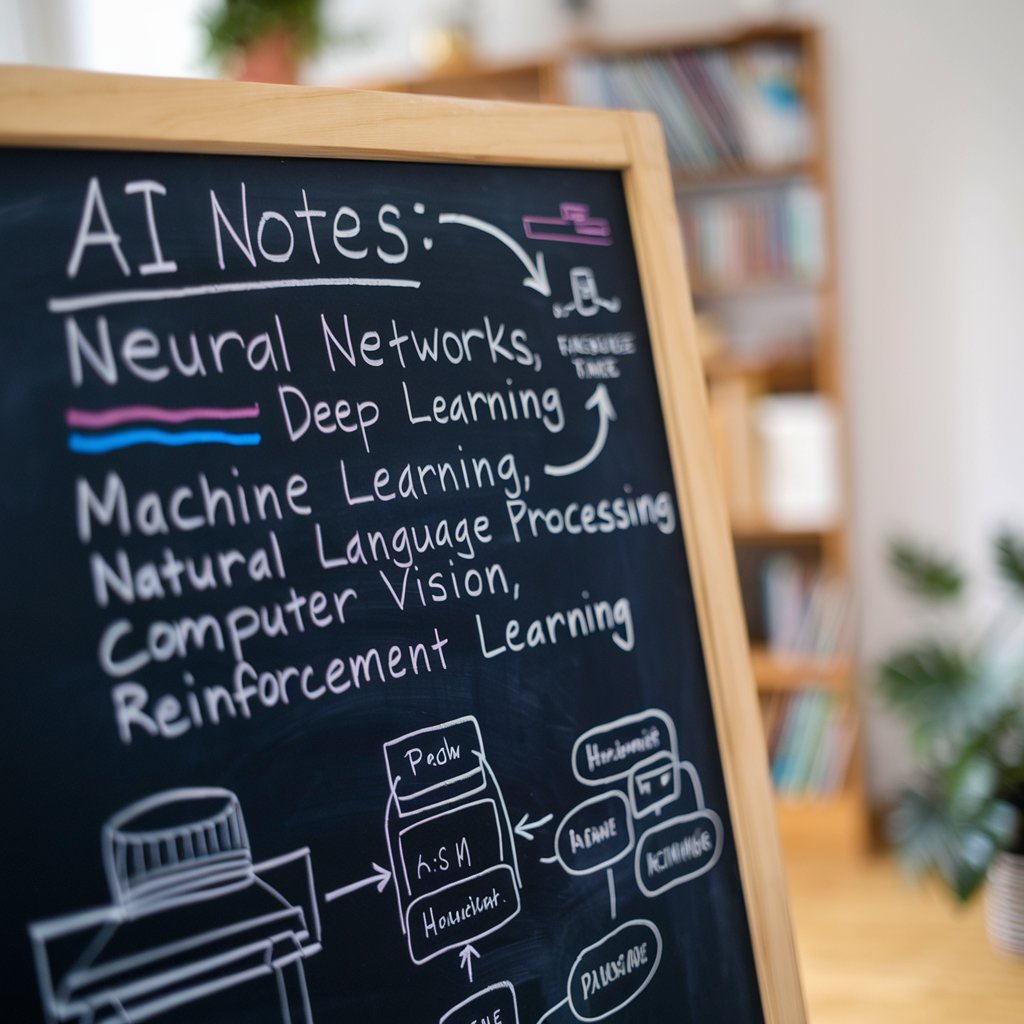
NotebookLM's Aging Architecture vs. AIdeaFlow's Modern AI Platform
In the rapidly evolving world of artificial intelligence, the architecture that underpins AI platforms plays a critical role in their performance, adaptability, and overall effectiveness. As organizations strive to leverage the power of AI for various applications, a stark contrast emerges between the aging architecture of NotebookLM and the modern, innovative design of AIdeaFlow. This blog post will explore the key differences between these two platforms, highlighting their functionalities, strengths, and the implications of their architectural choices for users.
Understanding NotebookLM's Architecture
Overview of NotebookLM
- Legacy Design: NotebookLM has been around for several years, built on older technology that may not fully leverage the latest advancements in AI.
- Functionality: Primarily known for its note-taking and organization features, it integrates basic AI functionalities but lacks the depth of more modern platforms.
Limitations of Aging Architecture
- Scalability Issues: As user demand grows, NotebookLM struggles to maintain performance and responsiveness.
- Outdated Algorithms: The algorithms may not offer the accuracy and efficiency seen in newer models.
Exploring AIdeaFlow's Modern AI Platform
Introduction to AIdeaFlow
- Innovative Solutions: AIdeaFlow is a cutting-edge platform designed specifically for creating AI-powered podcasts and audio content.
- User-Friendly Interface: The platform boasts an intuitive interface that allows users to easily create and manage their audio projects.
Key Features of AIdeaFlow
- Real-Time AI Processing: Uses advanced AI algorithms to provide real-time suggestions and enhancements during content creation.
- Multi-Format Support: Supports various audio formats, making it easy to create podcasts, audiobooks, and more.
Comparative Analysis: Performance
Speed and Efficiency
- NotebookLM: Performance can lag, particularly when handling large datasets or complex tasks.
- AIdeaFlow: Optimized for speed, allowing users to produce high-quality audio content quickly.
Resource Management
- NotebookLM: Limited resource allocation, which can lead to crashes or slowdowns under heavy loads.
- AIdeaFlow: Effectively manages resources, ensuring a smooth user experience even with multiple simultaneous projects.
User Experience: Interface and Usability
NotebookLM's User Interface
- Cluttered Design: The interface may appear outdated, causing confusion for new users.
- Limited Customization: Fewer options for personalizing the user experience.
AIdeaFlow's User-Centric Design
- Sleek and Modern: Designed with user experience in mind, making navigation seamless.
- Customization Options: Offers various templates and themes to suit individual preferences.
Integration Capabilities
NotebookLM's Integration Challenges
- Limited Compatibility: May struggle to integrate with newer tools and platforms, hindering workflow efficiency.
- API Restrictions: The API capabilities are not as robust, limiting third-party integrations.
AIdeaFlow's Integration Potential
- Wide Compatibility: Easily integrates with popular audio editing tools, social media platforms, and content management systems.
- API Flexibility: Provides a robust API that allows developers to create custom integrations.
Target Audience and Use Cases
NotebookLM's Audience
- Students and Researchers: Primarily used by individuals looking for basic note-taking solutions.
- Limited Professional Use: Not widely adopted in industries that require advanced AI functionalities.
AIdeaFlow's Target Market
- Content Creators: Ideal for podcasters, audio content developers, and marketers looking to leverage AI.
- Businesses and Educators: Useful for organizations wanting to create engaging audio content for training or marketing.
Innovation and Future-Proofing
NotebookLM's Stagnation
- Lack of Regular Updates: Infrequent updates lead to concerns about long-term viability.
- Resistance to Change: Slow to adopt new technologies and methodologies.
AIdeaFlow's Commitment to Innovation
- Frequent Updates: Regularly introduces new features and improvements based on user feedback.
- Embracing Emerging Technologies: Actively explores trends such as voice recognition and machine learning enhancements.
Cost Analysis
Pricing Structure of NotebookLM
- Basic Plans: Generally lower-cost options, but may lack advanced features.
- Hidden Costs: Potential for additional fees for extra functionalities.
AIdeaFlow's Pricing Model
- Value for Money: Offers tiered pricing that includes a range of features suitable for both amateurs and professionals.
- Transparency: Clear pricing with no hidden fees, making budgeting easier for users.
Community and Support
Support for NotebookLM Users
- Limited Community Engagement: A smaller user base can mean fewer resources and forums for troubleshooting.
- Basic Support Options: May lack comprehensive customer service options.
AIdeaFlow's Community and Resources
- Active User Community: A growing community of creators who share tips, resources, and feedback.
- Robust Support: Offers various support channels, including tutorials, forums, and direct customer support.
Conclusion
As AI technology continues to evolve, the differences between aging platforms like NotebookLM and modern solutions like AIdeaFlow become increasingly pronounced. While NotebookLM may still serve basic needs, its limitations are evident in performance, user experience, and adaptability. In contrast, AIdeaFlow stands out as a forward-thinking platform, equipped to meet the demands of today’s content creators with its innovative features and user-centric design.
For anyone looking to harness the power of AI in audio content creation, AIdeaFlow presents a compelling choice, ensuring not only efficiency and effectiveness but also a commitment to innovation and community support. As we look to the future, the choice of platform could significantly impact the quality and success of audio content endeavors.